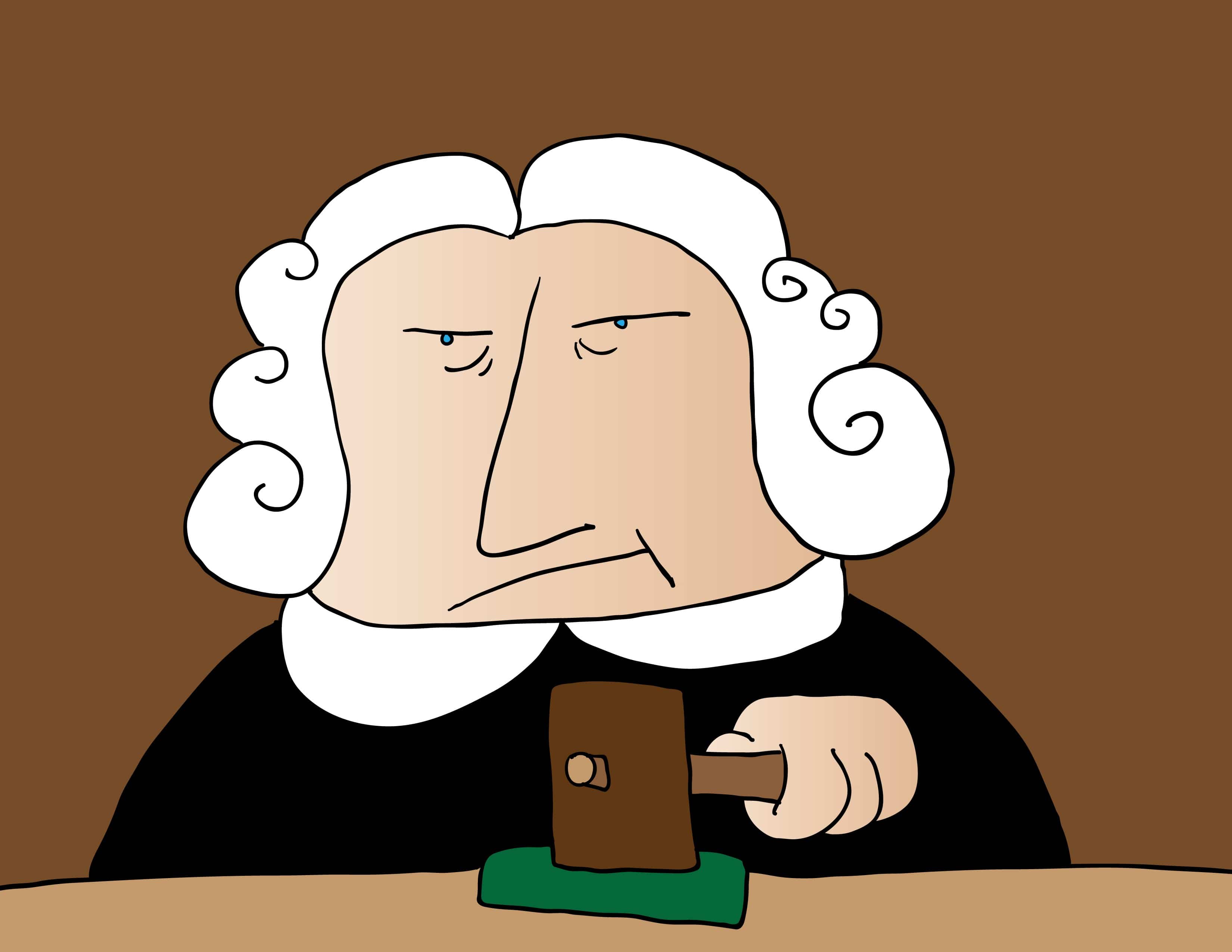The pilot of Rockwell Aviation SR2 Thrush Commander crop duster aircraft was charged under s. 7.3(1)(e) of the Aeronautics Act with willfully operating an aircraft that had been detained by Transport Canada.
During the course of the trial, the pilot claimed that his right to be secure from unreasonable search under s.8 of the Canadian Charter of Rights and Freedoms had been violated when the Transport Canada Inspectors inspected the aircraft and ultimately placed a notice of detention attached to the controls of the aircraft.
The pilot claimed that any actions taken by the Transport Canada Inspectors regarding the aircraft were done without a search warrant and without the pilot’s permission.
The Transport Canada Aviation Enforcement Inspector indicated that he had been tasked with a doing a review of a parts issue with the aircraft. Based upon his understanding of the aircraft’s history and deficiencies, he formed the opinion that there were immediate safety concerns about the aircraft and as a result, attended the hangar where the aircraft was in the course of repairs.
Upon a visual inspection of the aircraft, the inspectors noted a number of deficiencies in the condition of the aircraft including: flight control surface deficiencies; bolt and attachment concerns; aircraft skin damage and concerns with the instruments and placards. All these deficiencies were observed from the outside of the aircraft, including a concern about a lack of an installed compass (by looking through the window of the cockpit).
Based on all these observations, the Transport Canada Inspector attached the detention order together with the snag sheets to the control yoke of the aircraft. The Inspector did so by reaching into the aircraft and securing the notice and snag sheets with a piece of wire. He denied that he or any other inspectors physically entered the aircraft.
In specifically considering the pilot’s Charter violation claims, the trial judge considered case law to determine if the Transport Canada Inspector’s exterior inspection constituted “a search” subject to the Charter. The evidence indicated that the Transport Canada Inspector’s actions of placing documents inside the aircraft did not form part of his inspection.
The trial judge determined that as the Inspectors only observed the aircraft from the exterior (including looking through the cockpit windows), their actions did not constitute a search. Further, with the aircraft sitting in a hangar for maintenance, there was not any reasonable expectation of privacy that it would be observed. Therefore, the inspection did not constitute a search pursuant to s.8 of the Charter.
The judge further concluded that s.8.7 of the Aeronautics Act provided authority to the Inspectors to undertake the actions that they did if they believed on reasonable grounds that the aircraft was unsafe or was likely to be operated in an unsafe manner.
The evidence found by Transport Canada during its inspection was therefore admissible against the pilot.


